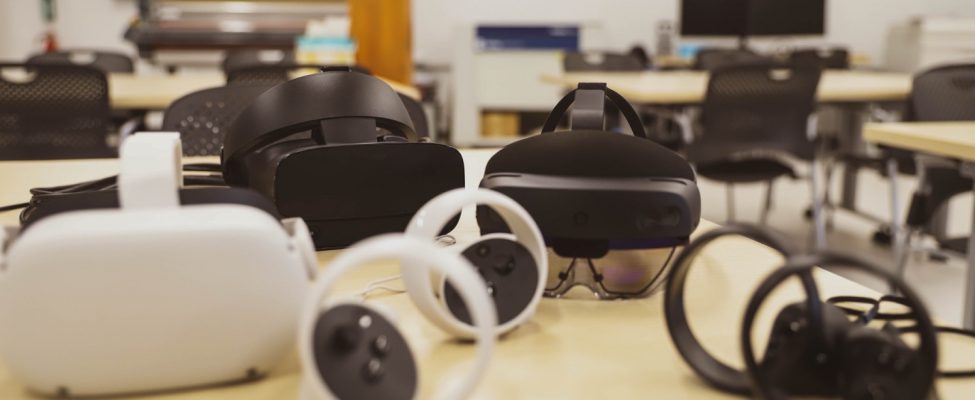In recent years, the integration of technology into education has been transforming the way students learn and engage with information. Virtual Reality (VR) and Augmented Reality (AR) have emerged as powerful tools with the potential to revolutionize the educational landscape.
By creating immersive and interactive learning experiences, VR and AR have the capability to captivate students’ attention, foster deeper understanding, and make education more engaging and memorable with active learning. In this blog post, we will explore the applications and benefits of VR and AR in education and how we’re using them to reshape the future of learning at Seven Generations Education Institute (SGEI).
Augmented Reality vs. Virtual Reality
One of the most significant advantages of VR and AR in education is their ability to transport students to different times, places, and scenarios. With VR, students can explore historical events, travel to distant countries, or even journey through the human body. AR, on the other hand, overlays digital information onto the real world, allowing students to interact with virtual objects in their physical surroundings. This immersive learning approach helps students grasp complex concepts by making them part of the learning experience.
Immersive, Personalized and Adaptive Learning Environments
Every student learns at their own pace and has unique learning preferences. VR and AR technology can be tailored to accommodate individual needs and preferences, offering personalized learning experiences. Adaptive learning algorithms can analyze students’ interactions and adjust the content and difficulty level accordingly. This approach ensures that each student receives the right amount of challenge and support, promoting a more effective learning process.

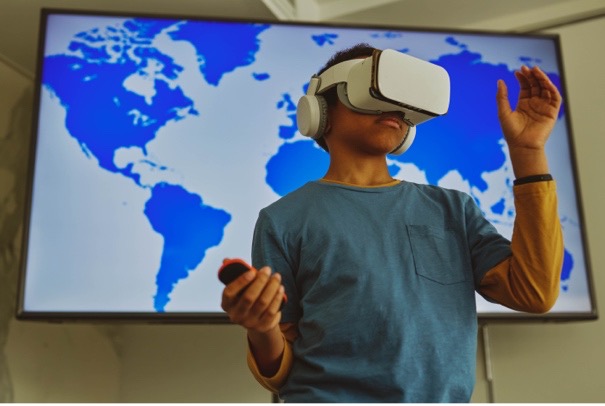
Visualizing Abstract Concepts
Many educational subjects, such as science, mathematics, and engineering, involve abstract concepts that can be challenging to understand solely through textbooks or lectures. VR and AR provide a solution by enabling students to visualize and manipulate these concepts in three-dimensional space. For instance, in chemistry, students can interact with molecular structures in AR, or in physics, they can witness the principles of motion in a VR simulation. This hands-on experience enhances comprehension and retention.
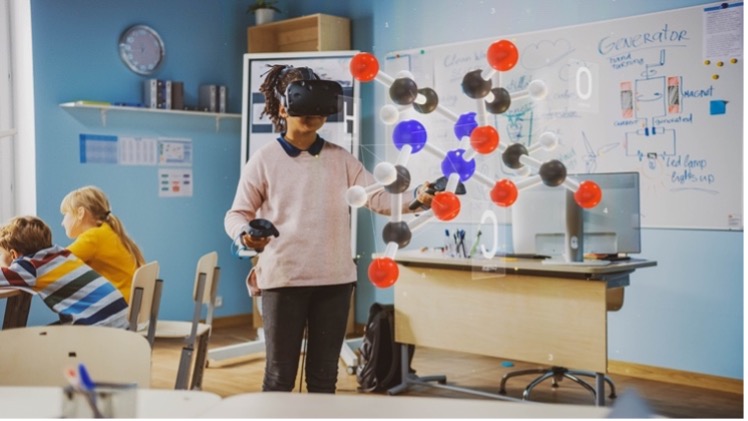
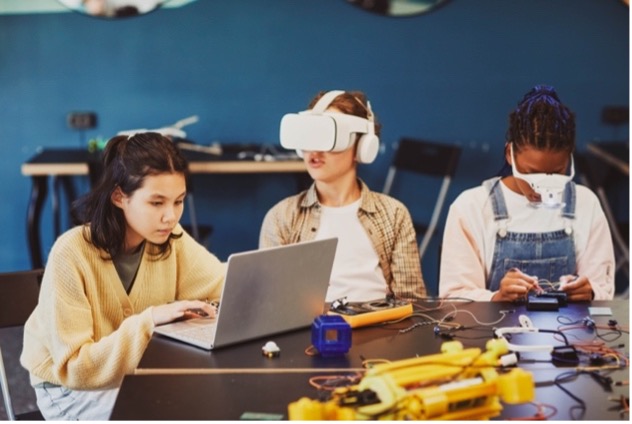
Collaboration and Social Learning
Education is not just about acquiring knowledge; it also involves developing interpersonal and collaboration skills. VR and AR platforms can facilitate group activities and collaborative projects in virtual environments. Students from different parts of the world can work together on projects, fostering cultural exchange and cross-border learning experiences. This enhances communication skills and prepares students for the globalized workforce.
Overcoming Physical Limitations
For students with physical disabilities or those who are unable to attend traditional classrooms due to various reasons, VR and AR offer an inclusive solution. These technologies break down physical barriers and provide an equitable learning experience. Students with mobility impairments can explore historical sites, attend lectures, and participate in experiments without leaving their homes.
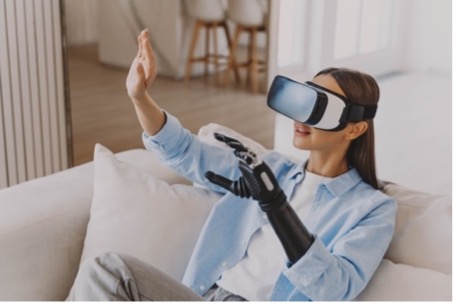
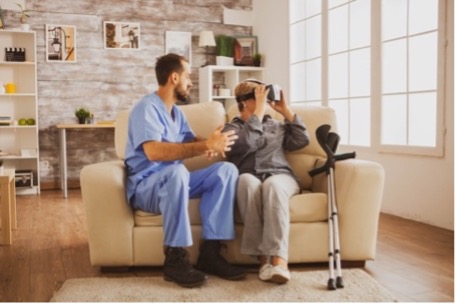
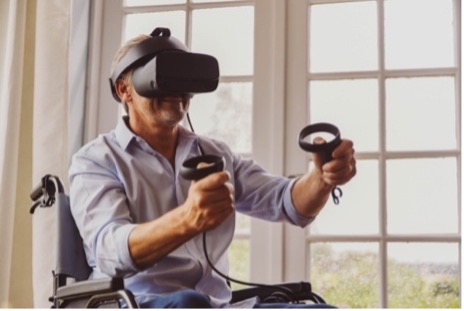
Real-world Simulations and Practical Training
Certain professions require practical training and exposure to real-world scenarios. VR and AR enable students to engage in lifelike simulations, practicing skills in a controlled environment. Nursing and Paramedic students, for instance, can perform live simulations in a VR environment, while Building Construction students can design and visualize projects. These simulations offer a risk-free space for experimentation and skill development.
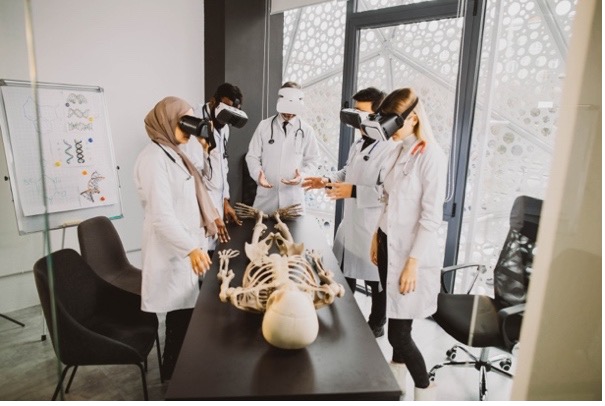
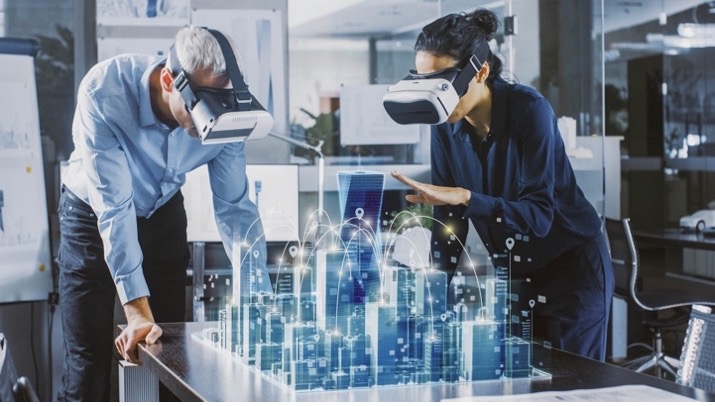
The Future of Education
Virtual Reality and Augmented Reality have the potential to reshape the future of education by providing immersive, interactive, and personalized learning experiences. These technologies not only enhance comprehension and retention of complex concepts but also promote collaboration, inclusivity, and practical skill development. As VR and AR continue to advance, educators and institutions can harness their power and create innovative educational experiences that prepare students for the challenges of the 21st century. By embracing these technologies, we can unlock a new era of education that is engaging, dynamic, and truly transformative.
Implementing VR and AR into Education with EON Reality
Seven Generations Education Institute (SGEI) has been working on enhancing student lessons and simulation labs by utilizing EON Reality. EON Reality is the world leader in Augmented and Virtual Reality academic and industry training solutions. Using EON, instructors can create interactive 3D lessons that mimic real world interactions in the form of scenarios or case studies. As seen below, our Digital Content Creator can be seen demonstrating to instructors how an anatomical heart could be used within a simulation lab.
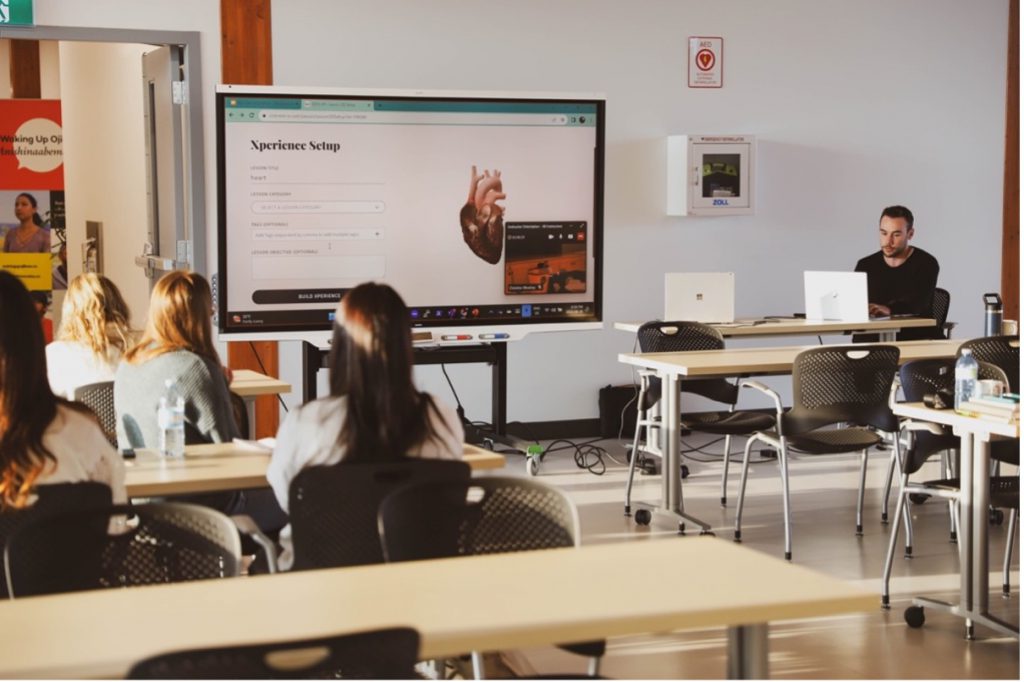
Enhance Your Future and Apply to SGEI Today
Incorporating augmented and virtual reality into education marks a significant leap towards an innovative and engaging learning landscape. As we conclude our exploration of these immersive technologies, it’s evident that their potential to transform education is boundless. By harnessing AR and VR, educators can create dynamic, interactive experiences that cater to diverse learning styles and foster a deep passion for knowledge within students. As we look to the future, embracing these advancements not only modernizes our institution but also empowers us to provide an education that transcends traditional boundaries.
Join us as we embark on a journey where the limits of imagination become the launchpad for endless educational possibilities! Apply to SGEI today and begin engaging in active learning by checking out our website and enrolling to one of our Post-Secondary Programs or Secondary School Program.
